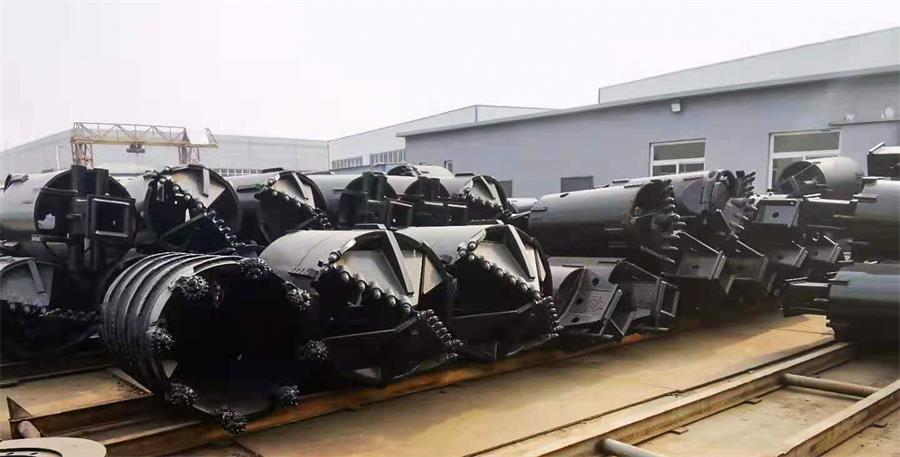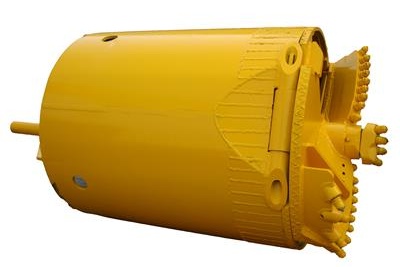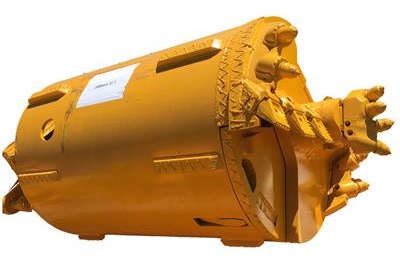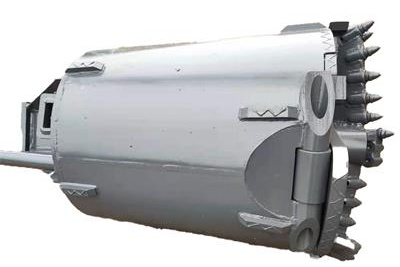As we all know, the selection of key parts of rotary drilling rig directly determines its service life. For this, Sinovo, a rotary drilling rig manufacturer, will introduce how to select drill buckets.

1. Select drill buckets according to geological conditions
The main function of the rotary drilling rig is to form a hole groove on the surface, and the working object is rock. Due to the small depth of the pile hole constructed, the rock has undergone complex changes in structure, particle size, porosity, cementation, occurrence and compressive strength through tectonic movement and natural mechanical and chemical action, so the working object of the rotary drilling rig is particularly complex.
To sum up, there are the following categories.
According to lithology, it is divided into shale, sandstone, limestone, granite, etc.
According to genesis, it can be divided into magmatic rock, sedimentary rock and metamorphic rock;
According to the mechanical properties, it is divided into firm, plastic and loose. So how to select drill bit according to formation conditions? The following is a classified introduction:



(1) Clay: rotary drilling bucket with single-layer bottom is selected. If the diameter is small, two bucket or drilling bucket with unloading plate can be used.
(2) Mud, weak cohesive soil layer, sandy soil and pebble layer with poor cementation and small particle size can be equipped with double bottom drilling bucket.
(3) Hard mastic: rotary drilling bucket with single soil inlet (single and double bottoms) or straight screw with bucket teeth shall be selected.
(4) Permafrost layer: straight auger bucket and rotary drilling bucket can be used for those with less ice content, and conical auger bit can be used for those with large ice content. It should be noted that auger bit is effective for soil layer (except sludge), but it must be used in the absence of groundwater to avoid jamming caused by suction.
(5) Cemented pebbles and gravels and strongly weathered rocks: conical spiral bit and double bottom rotary drilling bucket shall be equipped (single port for large particle size and double port for small particle size)
(6) Stroke bedrock: equipped with pick barrel coring bit - conical spiral bit - rotary drilling bucket with double bottom, or pick straight spiral bit - rotary drilling bucket with double bottom.
(7) Slightly weathered bedrock: equipped with cone barrel coring bit - conical spiral bit - double bottom rotary drilling bucket. If the diameter is too large, graded drilling process shall be adopted.
Post time: Sep-26-2021

